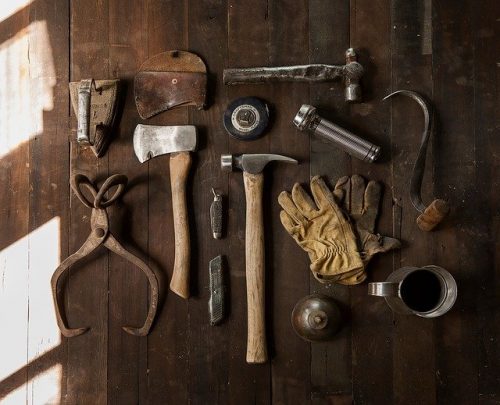Every occupation in the world has some risks of dangers attached to it, but some definitely more risky than the others. Today we will be looking at all five types of hazards associated with the profession of carpentry. Carpentry is a dangerous profession, but as most carpenters around the world do not have proper Personal Protective Equipment (PPEs) which makes it even more dangerous than it already is.
Also check out: Types Of Economic Activities And Related Occupational Risks
Occupational Health and Safety Hazards
A Hazard is any source of danger. There are basically four types of Hazards associated with any profession or occupation: Physical hazard, Chemical hazard, Biological hazard, Psychological hazard and Ergonomic Hazard.
To Learn More: Occupational Health and Safety – Hazards and Protection
Carpenter
A carpenter is a person who works with wood. They make and/or repair wooden objects or furniture. A carpenter is also known as a Woodworker.
What Is In A Carpenter Shop?
A carpenter shop has all the equipment that a carpenter uses including saws (Electric and manual), wood cutting machines, drills, hammers, knives, screwdrivers, screws/nails; chemicals like paints, varnishes, solvents etc. for finishing, as well as waste including wood chips, dusts etc. Carpenters often work in open environments too.
Occupational Health and Safety Hazards Faced By Carpenters:
To make understanding the hazards faced in the profession of carpentry and their causes, effects and control easier we have made them into a flowchart form. Check it out!
Effective Management Plan For A Carpenter Shop:
- Work safely with all equipment like woodworking machines, hand tools and powered hand tools.
- Use personal protective equipment like safety goggles, safety boots, overalls, ear plugs/muffs and gloves.
- Follow safe lifting techniques and take proper rest/ breaks between work.
- Learn about chemical hazards and MSDSs.
- Follow good housekeeping procedures and maintain general cleanliness along with personal hygiene.
- Maintain proper work hours and avoid long shifts.
- Do not work outside in open air on extreme hot or cold days.
- Proper and regular cleaning of the shop to get rid of wood dust and rodents etc.
- Proper storage and maintenance of chemicals.
- Pasting a list of all the emergency numbers on the wall and an easy to understand basic MSDS in local language.
Also Check Out: Occupational Health and Safety Conditions in Pakistan
I hope you all liked this post! Please comment below if you have any suggestions, comments, or feedback! We at #envpk love hearing from our readers! Thanks!







3 Comments
Keep you safe
Amazing
Thank you!